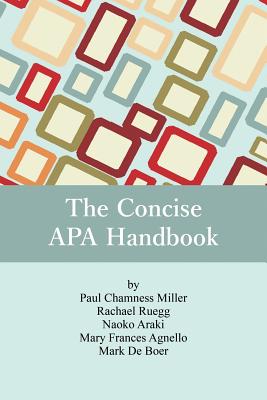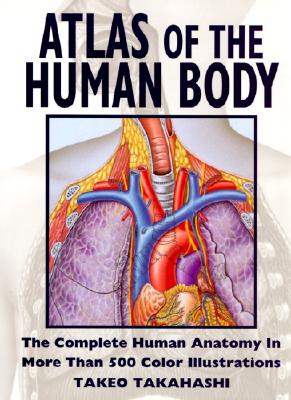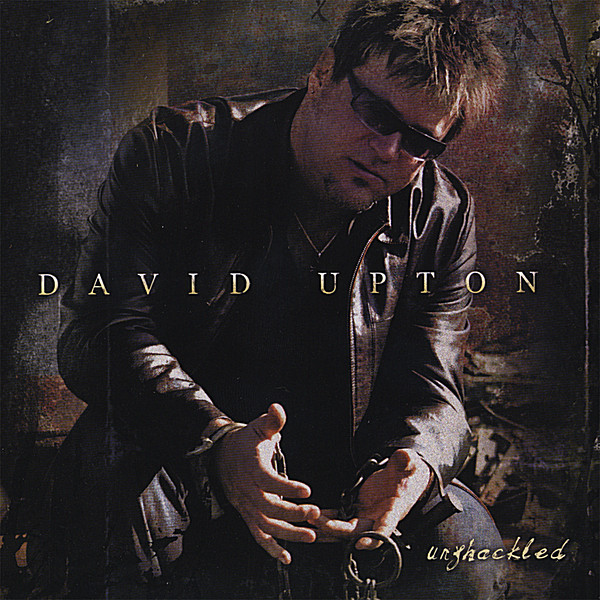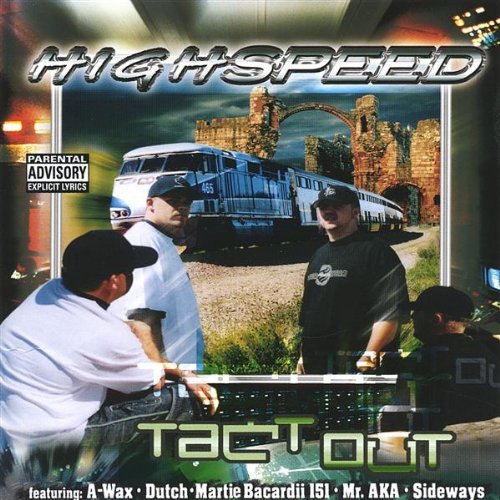
description
ing how to find references, use them effectively, and cite them appropriately in a required format. One of the most common formats is that of APA. The authors all teach at the same university, where their current off-the-shelf reference book, while helpful, is filled with a lot of extra information that they do not use and contains missing or incorrect information. The cost of this book also continues to rise. In a search for something else to meet their needs, they discovered that there are no concise guides that deal with APA only that are cost effective or user-friendly for students who are not familiar with using references and formatting an essay in the APA format. In order to offer student writers a source of information that is concise and cost-effective, the authors have written this handbook to provide students with important information in clear, concise, user-friendly language, as well as to offer practical examples that will help them grasp the concept of secondary research writing.
Much of the published materials present the nitpicky details of APA in very technical terms that are not easy to understand. This handbook presents the same information in simplified terms with images and step-by-step instructions in ways that will make sense to both undergraduate and graduate student writers. Additionally, student writers often struggle with understanding the concept of plagiarism, as well as how to find sources, evaluate the appropriateness of sources, and use sources in effective ways (e.g., how to integrate quotes, when to paraphrase, among others). This book provides this information in a concise and easy-to-understand format.
member goods
No member items were found under this heading.
Return Policy
All sales are final
Shipping
No special shipping considerations available.
Shipping fees determined at checkout.







